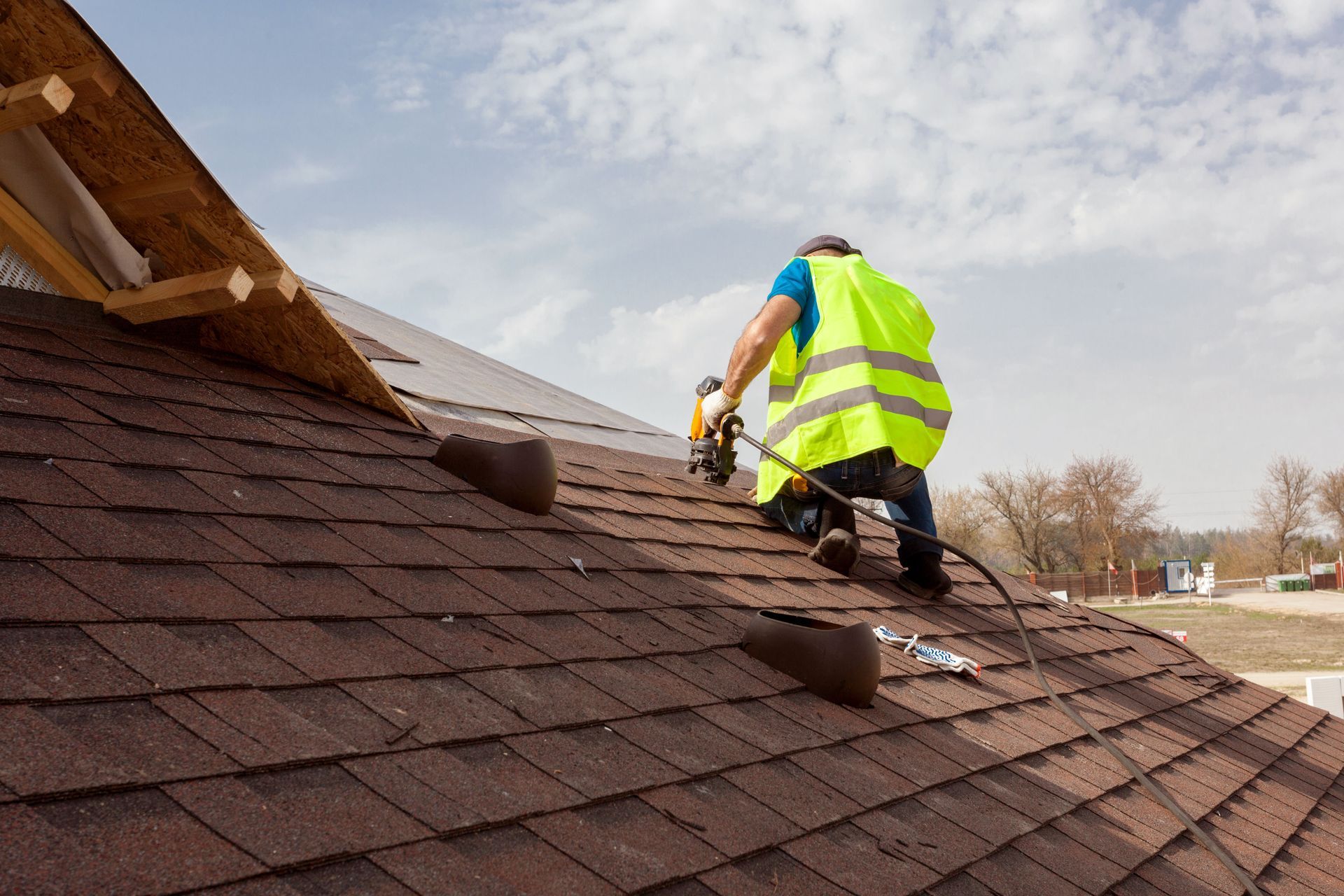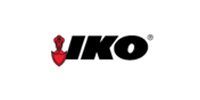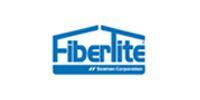November 1, 2024
An Introduction to Roof Maintenance: Keeping Your Roof in Top Condition
A well-maintained roof is more than just an overhead structure—it’s your property’s first line of defense against the elements. Proper roof maintenance ensures that your investment remains intact and your building remains safe, dry, and comfortable.
In this guide, we’ll walk you through a comprehensive approach to roof maintenance and management. Whether you’re a property owner or manager, this blog will provide actionable insights and guidelines to keep your roof in optimal condition.
But first, a quick disclaimer.
We will never recommend you or anyone who’s not a professional roof contractor to climb and inspect your roof on your own. Doing so will not only put your safety at risk, but it’s inefficient too. There are roof issues that are not immediately apparent to the untrained eye.
With that out of the way, let’s get started.
1. The Importance of Roof Maintenance
Let’s start by discussing the importance of roof maintenance. After all, roof maintenance isn’t just about fixing problems when they arise. It’s about taking a proactive stance to safeguard your property and achieve the following benefits.
- It protects your investments. Just as you wouldn’t neglect routine maintenance on other valuable investments, taking care of your roof preserves its longevity and protects the value of your property, preventing small problems from eroding your investment over time.
- It prevents further costs and damages. Having regular roof inspections performed allows you to catch potential issues early, such as small cracks, loose flashing, or clogged drains.
Addressing these promptly not only extends the lifespan of your roof but also maintains the overall structural integrity of your property.
- It mitigates the risk of water damage. Water damage is particularly problematic because it may lead to problems like mold growth that compromises the structural integrity of your property and even puts the health of its residents at risk!
Fortunately, getting regular roof inspections can help identify these issues early, preventing water from seeping in and causing widespread damage.
- It can give you some peace of mind. From knowing that you’re safe from the potential health risks posed by mold growth up to the hazards posed by the compromised structural integrity of a property, prioritizing roof maintenance can definitely help you sleep better at night. In addition, getting to know potential issues early allows you to manage your budget with greater predictability.
2. Roof Maintenance Guidelines: Key Steps to Follow
Even reliable roofing systems require specific maintenance practices to maintain their integrity. Here are some essential guidelines:
i. Start a Program of Regular Inspections
Conduct inspections at least twice a year, typically in the spring and fall. Ensure inspections cover all types of flashing, adjoining masonry, metal components, and other potential leak sources.
Pro Tip: Look for small cracks or blisters—these are often early signs of more significant issues.
ii. Plan and Allocate Resources
Allocate funds in advance to meet preventative maintenance needs. We also recommend avoiding “quick fixes”. We understand how tempting they can be, especially when they arise from poor planning or unplanned roof damage. That said, inadequate measures are not only risky but can also lead to more costly repairs later.
Pro Tip: Set aside a contingency budget specifically for unexpected roofing issues.
iii. Understand Your Warranty
Familiarize yourself with the terms of your current warranty or guarantee. Don’t forget to consider the cost of systematic preventative maintenance versus the expense of a full roof replacement.
Pro Tip: Regular maintenance might be required to keep your warranty valid, so ensure compliance with all terms to keep your property protected.
iv. Immediate Repairs Are Crucial
Learn to identify the red flags of a developing roofing issue. Immediately repair any ruptures, splits, holes, or other membrane deficiencies. And in case you need to apply a temporary repair, just make sure to follow it through with a permanent fix as soon as possible to prevent further damage.
Pro tip: Keep a list of trusted contractors on hand to ensure quick and effective responses when repairs are needed. Or better yet, keep our number handy. It’s 254-651-1776. Please feel free to contact us anytime.
v. Know Your Roof System
Be sure you know the make of your current roof system and the susceptibility of its underlayment or insulation to moisture damage. Unfortunately, deteriorated felts or membranes can’t always be rejuvenated. In addition, you need to make sure that the manufacturer of your roof systems endorses the materials you use.
Pro Tip: Consult with one of our roof experts. They’re accredited and experienced to provide you with accurate and detailed info on your needs, helping you make a more informed decision when considering repair and replacement options.
3. Do’s and Don’ts of Roof Maintenance
Maintaining a roof involves knowing what to do and what to avoid. Here’s a quick guide to help you navigate the process:
Do:
- Train your maintenance team. A well-trained maintenance team is your first line of defense in preserving your roof’s integrity.
There should be at least someone in your property who knows what to look for and how to provide temporary solutions for your roof system. This ensures that minor issues can be identified and addressed before they escalate.
What we highly recommend, though, is for you to get the services of a professional roofing contractor like us to create a custom maintenance program tailored to your specific roof. This is still the best approach for ensuring comprehensive care.
- Implement a maintenance program. A preventative maintenance program will extend your roof’s longevity regardless of its material or design. Ideally, you should get professional roof inspections done no less than twice a year, in the spring and fall.
- Don’t forget your property’s exterior. Your roof is just one component of your property’s protective shell, so exterior inspections are equally important.
Cracks in masonry walls may signal potential cracks in your roofing or flashing. Loose or leaky perimeter edge metal flashing can compromise your roof’s defense against wind storms, leading to possible blow-offs. Clogged roof drains, downspouts, and gutters can potentially lead to water damage.
- Communicate with your equipment service personnel. Service personnel working on rooftop equipment can inadvertently damage your roof. Proper communication and protocols can help prevent unnecessary issues in the future.
You can start by informing them about the specifics of your roof system, and by warning them against penetrating or dropping tools and equipment onto the roof membrane. Encourage them to report any incidents immediately as well. This way, they can be addressed before they cause more damage.
- Keep the roof clean. A clean roof is a healthy roof. Regularly have debris removed from your roof to prevent clogged drains and water accumulation. Leaves, branches, and other materials can trap moisture and cause deterioration.
- Monitor roof wear and tear. Keeping an eye on the physical condition of your roof can help catch issues early. Exposed felt of fabric can lead to the fast deterioration of your roofing material, so stay vigilant against open laps, blisters, excessive wrinkling, or ridging. These are all signs of potential roof failure.
- Focus on flashing and sealants. Flashing, exposed sealants, and other penetrations are critical to preventing leaks. Give these areas particular attention during inspections to ensure they remain sealed and secure.
Don’t:
- Allow unqualified people to maintain your roof. Our roof experts are fully equipped to handle roof inspections, repairs, or maintenance tasks. Keep in mind that inexperienced hands can cause more harm than good, potentially leading to more costly damages.
- Allow unsupervised traffic on your roof. Careless movement on your roof can lead to damage, and thus, should never be allowed. This can put people at risk anyway.
- Allow unsupervised penetrations by equipment service personnel. These can be risky if not properly managed. Instead, ensure that any penetration will be immediately and properly flashed by a qualified roof contractor, like us. Don’t forget to notify your roofing manufacturer before any roof alterations to avoid voiding your warranty.
- Permit the use of inferior products. Quality materials are crucial for effective maintenance and repairs. Poor quality materials will not only compromise the durability and performance of your roof but can also lead to premature failures and more frequent repairs.
- Fail for “quick solutions”. Quick fixes are often too good to be true, so beware of products claiming to be a one-size-fits-all solution for your roof issues. They might cause more harm than good, especially if they’re not enough to address underlying issues properly.
- Solely rely on a manufacturer’s warranty. A warranty isn’t a substitute for regular maintenance. They can often exclude many of the issues that can develop on a roof, such as those caused by poor maintenance, improper installation, and/or environmental factors.
- Deal with unreliable contractors. The credibility of your roofing contractor is as important as the materials they use. To put your mind at ease, check out our About page to get to know us better.
Finally, keep in mind that the cheaper option isn’t always the most cost-efficient in the long run. For instance, pay attention to “Change Orders”. They can significantly impact the final cost of a project.
4. Professional Consultation: When to Call in the Experts
While some aspects of roof maintenance can be handled by trained maintenance personnel, there are times when it’s best to consult with a professional roofing contractor. Here are a few scenarios where professional help is recommended:
- Complex repairs. If the roof has extensive damage or deterioration, a professional can provide the necessary expertise to address the issue effectively.
- New equipment installations. When installing new equipment that penetrates the roof, it’s crucial to ensure that the penetrations are properly flashed by a qualified contractor.
- Warranty work. If your roof is under warranty, certain repairs may need to be performed or approved by the manufacturer to maintain the warranty coverage.
5. The Value of Preventative Maintenance
Investing in regular roof maintenance is not just about preventing leaks or prolonging the life of your roof—it’s about protecting your entire building. By following the guidelines outlined in this blog, you can ensure that your roof remains in top condition, providing safety and security for years to come. Remember, a well-maintained roof is a testament to good building management. Don’t wait for problems to arise—start your roof maintenance program today!




















